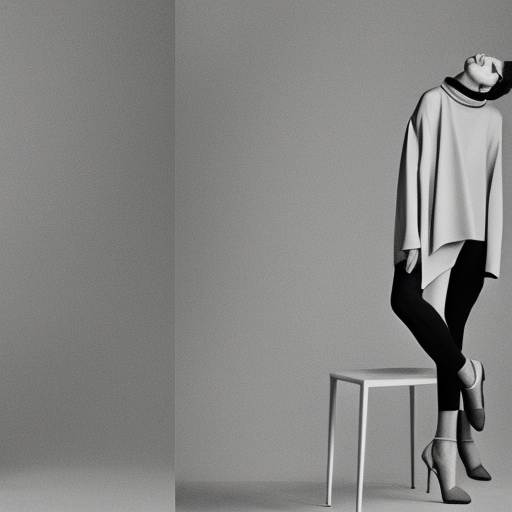Summary: Minimalist fashion is a style characterized by simplicity, clean lines, and a focus on essential elements. It emerged in the 1960s as a reaction against the excesses of the previous decade and has since become a timeless and popular aesthetic. Minimalist fashion emphasizes quality over quantity, with a limited color palette and a focus on well-fitting, versatile pieces. It is a style that promotes sustainability and encourages individuals to build a curated wardrobe that reflects their personal style.
The Origins of Minimalist Fashion
Minimalist fashion emerged in the 1960s as a response to the flamboyant and extravagant styles of the previous decade. Designers such as Coco Chanel and Yves Saint Laurent rejected the excesses of the 1950s and embraced simplicity and functionality. They focused on clean lines, neutral colors, and high-quality fabrics. The minimalist aesthetic gained further popularity in the 1990s with designers like Jil Sander and Calvin Klein, who championed minimalism as a lifestyle and design philosophy.
Key Elements of Minimalist Fashion
Minimalist fashion is characterized by several key elements. First and foremost, it emphasizes simplicity and clean lines. Minimalist garments are often free from excessive embellishments, patterns, or prints. Instead, they focus on the cut, silhouette, and fabric quality. The color palette is usually limited to neutral tones such as black, white, gray, and beige, although pops of color can be incorporated sparingly.
Versatility is another important aspect of minimalist fashion. Minimalist pieces are designed to be timeless and easily combined with other items in a wardrobe. They are often made from high-quality materials that are durable and long-lasting. This focus on versatility and durability promotes sustainability by encouraging individuals to invest in pieces that will stand the test of time.
Building a Minimalist Wardrobe
Building a minimalist wardrobe involves curating a collection of essential and versatile pieces that reflect personal style. The key is to focus on quality over quantity. Start by investing in well-fitting basics such as a white button-down shirt, a tailored blazer, a little black dress, and a pair of high-quality jeans. These foundational pieces can be mixed and matched to create a variety of outfits.
When adding to a minimalist wardrobe, consider the versatility of each piece. Opt for classic silhouettes and neutral colors that can be easily combined with existing items. Look for high-quality fabrics that will last longer and require less frequent replacement. Accessories can also play a role in a minimalist wardrobe, with simple and timeless pieces like a leather belt or a minimalist watch.
The Benefits of Minimalist Fashion
Minimalist fashion offers several benefits. Firstly, it simplifies the process of getting dressed. With a curated wardrobe of versatile pieces, individuals can easily create stylish outfits without the stress of decision fatigue. Secondly, minimalist fashion promotes sustainability by encouraging individuals to invest in high-quality pieces that will last longer and reduce the need for constant consumption.
Minimalist fashion also allows individuals to express their personal style in a subtle and refined way. By focusing on essential elements and clean lines, individuals can create a signature look that is timeless and unique to them. Additionally, minimalist fashion is adaptable to various occasions, making it suitable for both casual and formal settings.
In conclusion, minimalist fashion is a style that emphasizes simplicity, clean lines, and essential elements. It emerged in the 1960s as a reaction against excess and has since become a timeless and popular aesthetic. Minimalist fashion promotes sustainability, encourages individuals to build a curated wardrobe, and simplifies the process of getting dressed. It is a style that allows individuals to express their personal style in a subtle and refined way while maintaining versatility and adaptability.












